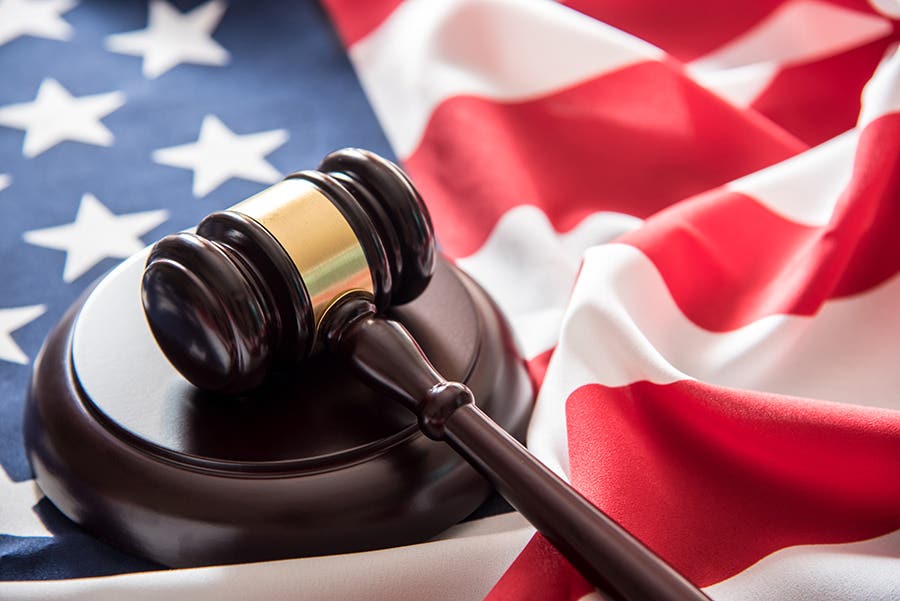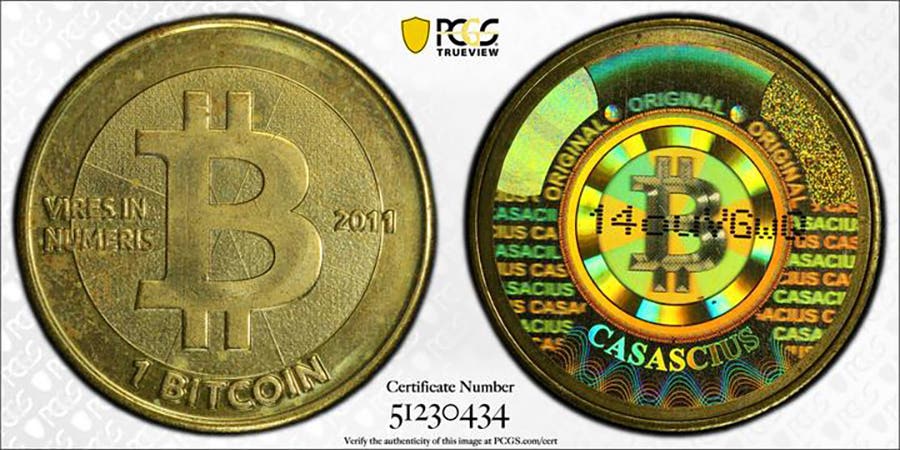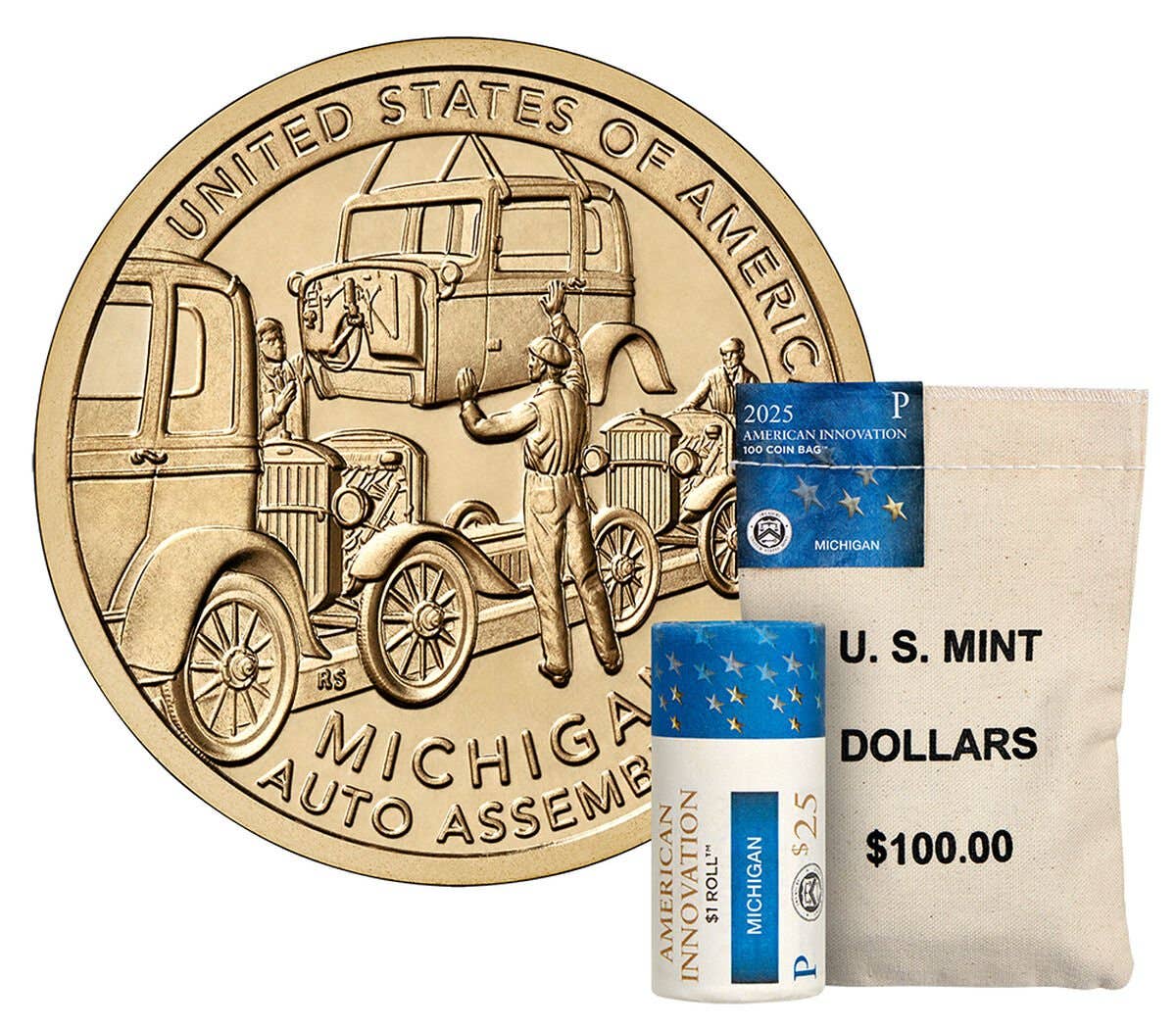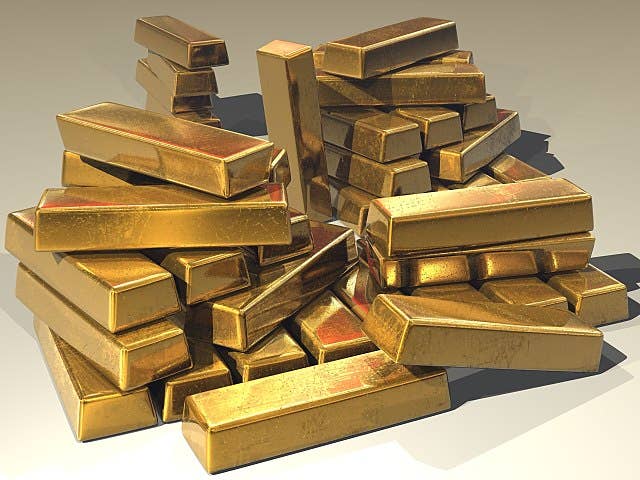Coin/Bullion Sales Tax Exemptions Create Economic Growth
As most states recognize bullion and coinage as a legitimate medium of exchange, some lawmakers are moving to revoke tax exemptions—sparking concern among collectors and investors.
To collectors, it seems obvious that sales and use taxes should not apply to a medium of exchange. When people go to a bank or credit union to convert larger denomination currency into smaller denominations and coins, there is no sales tax charged on such an exchange.
Yes, state governments that imposed sales and use taxes in the past considered the purchase of numismatic coins and precious metals bullion to be subject to those taxes. Today, there are five states that do not impose a statewide sales tax, another forty states that have adopted complete or partial sales and use tax exemptions on bullion, coins, and currency, and the state of Nevada has a partial exemption by regulation. Only Hawaii, Maine, New Mexico, Vermont, and the District of Columbia do not yet have any such sales and use tax exemption. There are currently bills in the Maine and Nevada legislatures to enact statutory bullion and coin sales and use tax exemptions.
Against this background, there are many state governments concerned about the potential loss of federal funding. Additionally, such as in Maryland, the prospect of many of that state’s residents losing their federal employment also means lower income and sales tax collections in that state. As a consequence, the legislatures in the states of Maryland, New York, and Washington are considering bills that would eliminate existing sales and use tax exemptions for precious metals, bullion, and coins.
There have been four states in the past that have revoked or suspended coin and bullion sales and use tax exemptions. In all four of these states, the same or similar exemptions have been reinstated. A major factor leading to the return of these exemptions is that they generate economic growth. Similarly, when these exemptions were canceled, the loss in other tax collections exceeded the slight increase in sales and use taxes collected on the retail sales of bullion and coins.
While these legislatures are considering the elimination of their coin and bullion sales tax exemptions, let’s review the wide variety of reasons that support establishing and maintaining such exemptions.
Constitutional and medium of exchange considerations.
1. Sales and use taxes apply to assets that are consumed. In contrast, bullion, coins, and currency are not consumed except in rare instances. First, they have served as a medium of exchange, meaning that they are meant to serve as a store of value until they are used to trade for other goods or services—they are not consumed.
2. Additionally, bullion, coins, and currency may be acquired as investments, which are also not consumed. Whether or not purchased as a hobby or as an investment, the Internal Revenue Service and most state governments expect to collect income taxes when bullion, coins, and currency are resold at a paper gain. The IRS even requires dealers to file Form 1099-B when purchasing some forms of precious metals bullion from non-corporate sellers. This confirms that the federal government does not consider such assets to be “consumed.”
3. Article 1, Section 8 of the U.S. Constitution states, “The Congress shall have Power . . . to coin Money, regulate the Value thereof, and of foreign Coin . . .”
4. Article 1, Section 10 of the U.S. Constitution states, “No State shall . . . make any Thing but gold and silver Coin a Tender in Payment of Debts . . .”
5. Right under the masthead of The Wall Street Journal are listed several key financial indicators. One of them is the spot price of gold.
Bullion, coins, and currency merit sales and use tax exemptions, unlike other tangible property.
1. It parallels the intent of federal legislation that permits Individual Retirement Accounts to own many of these products but no other tangible personal property.
2. It parallels existing legislation in forty states, none of which extended exemptions to stamps, art, antiques, diamonds, and so forth.
3. Some states even exempt gains and losses from gold and silver transactions from the respective state’s income taxes.
4. Coins and currency have been “legal tender” in their land of issue, a status not shared by other tangible personal property.
5. The United States Mint manufactures commemorative coins and proof versions of circulating coinage. It sells them at prices well above precious metal or face value. The United States Bureau of Engraving & Printing manufactures commemorative versions of circulating currency that it sells at prices above face value. The U.S. government has no other programs to manufacture and sell art, antiques, gems, and so forth.
6. Investment brokerage firms have established investment funds for the sole purpose of acquiring coins. I’m not aware of investment funds created for investments in other tangible personal property.
7. Investment brokerage firms have created exchange-traded funds for trading gold, silver, platinum, and palladium. I am not aware of any exchange-traded funds established to invest in stamps, art, antiques, gems, or other collectible tangible personal property.
Bullion, coin, and currency sales and use tax exemptions stimulate economic growth and job creation.
1. After the state of Michigan adopted a sale and use tax exemption on bullion and coin sales, in-state industry more than doubled. Industry payrolls increased by more than that. A Michigan Treasury study reported that 38.5 percent of payrolls were spent on merchandise on which Michigan sales tax was collected. This increase in payrolls replaced more than 100 percent of sales and use tax exemptions lost from the exemption. It also added to the state’s income tax collections.
2. Further, from 1997 to 2011, the number of coin dealerships in Michigan increased by 2/3. Of these, about half were existing businesses that expanded their product line, and the other half were new businesses. This resulted in higher business taxes collected by the state.
3. Purchasers of bullion, coins, and currency are especially sensitive to the cost of paying sales taxes. With dealers often making a 1-5 percent profit margin on bullion, for example, a sales tax of 5-9 percent means that the state government often makes a larger “profit” on such transactions than the dealer. In 1996, the state of Michigan increased its sales tax rate from 4 percent to 6 percent. My own company’s in-state retail sales in the 12 months after the tax rate increased fell by almost exactly one-third from the 12 months before the increase. That meant that total sales tax collections were the same despite the higher tax rate.
4. Further, once Michigan adopted a sale and use tax exemption for bullion and coins, affluent Michigan customers flocked to our company. From 1997 to 2011, our in-state retail sales increased by 2,589 percent, while our in-state wholesale sales and out-of-state sales only rose by 600 percent to 700 percent. One reason for the outsize increase in in-state retail sales was that individual transactions of $5,000 or more only accounted for about 1 percent of this volume in 1997 but 94 percent of our sales volume in 2011. Some of these in-store purchases were made by customers who previously avoided sales tax by purchasing commodity and options futures contracts, shares in precious metals exchange-traded funds, precious metals bars and coins stored in the vaults of the Perth Mint in Australia, Royal Canadian Mint, or the Royal Mint in England, shares of precious metals mining companies, or by purchasing bullion and coins stored in depositories such as in Delaware.
5. As confirmed by the 2016 national coin dealer survey by the National Coin & Bullion Association (NCBA), when in-state dealers saw growth in the sales volume after a state adopted an exemption, these companies also saw an increase in their sales of merchandise still subject to sales and use taxes such as jewelry, antiques, sports memorabilia, other collectibles, and hobby supplies. The increase in sales of sales-taxable merchandise replaced, on average, about two-thirds of the sales tax collections lost because of the exemption.
6. Once states adopt a sale and use tax exemption on bullion, coins, and currency, they also experience an increase in the number of coin shows and the number of attendees at these shows. This increases sales taxes collected by the hospitality industry.
7. State governments have often extended subsidies and credits to businesses to create jobs within the state. Often these subsidies and credits math out at a cost of more than $10,000 to more than $100,000 per job created. In contrast, creating more jobs through a sale and use tax exemption on precious metals bullion, coins, and currency either results in higher tax collections or, at worst, a very low cost per created job.
Total tax collections decrease when states eliminate or suspend existing bullion, coin, and currency sales tax exemptions.
I have also been involved in four states where existing precious metals bullion and coin sales and use tax exemptions were eliminated or suspended—Colorado, Florida, Louisiana, and Ohio. After it was verified that eliminating these sales and use tax exemptions resulted in lower total tax collections, all four of these states reinstated the same or similar exemptions.
Colorado. In the 1990s, Colorado eliminated its precious metals and coin sales and use tax exemption. The legislature overwhelmingly voted to reinstate it, but the governor twice vetoed the reinstatement. After the second veto, the legislature voted to override the governor’s veto. One reason that the governor vetoed the reinstatement is that once such a tax exemption became law, a new requirement in the state was that it could only be eliminated by a majority of voters in an election, not by the legislature or administration.
Florida. Florida also eliminated its precious metals and coin sales and use tax exemption in the 1990s. When this occurred, over one hundred coin shows in the state were either canceled or moved to other states that did have such exemptions. The Orange County Convention & Visitors Bureau issued a statement that the hospitality industry lost $60 million in annual sales on which sales taxes were collected because of the loss of coin shows. The state government then reinstated the precious metals and coin sales and use tax exemption.
Louisiana. Low oil and natural gas prices in 2015 led to major declines in severance tax collections in Louisiana, Oklahoma, and Texas. In response, the state government suspended 285 sales and use tax exemptions and tax credits for 27 months beginning in the spring of 2016. The State Senate Revenue and Fiscal Affairs Committee held hearings on each of these exemptions and credits to determine whether they should be reinstated as is at the end of the 27-month suspension, should be modified when reinstated at the end of the 27-month suspension, or whether the suspension should result in permanent elimination. In my testimony during this Senate Committee hearing on the precious metals and coin sales tax exemption, I cited information about what happened in Colorado, Florida, and Ohio, where the elimination of this exemption resulted in lower total state tax collections. The Chair of the Committee objected to my testimony, and he was even quoted in the New Orleans Times-Picayune the next day attacking my remarks. When this Senator found out that the decrease of lower total tax collections (lower sales taxes, individual income taxes, and business taxes) exceeded my forecast, he was one of three legislators who led a successful effort in 2017 to re-enact a similar exemption. This was one of only four exemptions or credits reinstated before the end of the suspension period.
Ohio. Ohio’s precious metals and coin sales and use tax exemption was eliminated in 2005 because of a political scandal involving a coin dealer. Six months after the revocation, Coin World reported that one hundred coin dealerships in the state had either closed completely, laid off staff, or moved to another state that still has such a sale and use tax exemption. Further, every scheduled future major coin show in Ohio was canceled or moved to another state. It took a few years for the effects of the scandal to dissipate, but Ohio enacted a similar precious metals and coin sales and use tax exemption.
To summarize, when states have adopted precious metals bullion, coin, or currency sales and use tax exemptions, they often experience an increase in total tax collections as a result in the growth in the number of businesses and job creation. Conversely, when states have eliminated or suspended these exemptions, total tax collections invariably declined from the losses in the number of businesses, number of jobs, and number of coin shows.
Last column’s numismatic trivia question.
Last time, I asked, Which U.S. coin was struck with a 75 percent silver purity? The first variety of Silver Three Cent pieces struck from 1851-1853 were made of 75 percent silver. The U.S. government then decided that all U.S. silver coins struck from then on would contain 90 percent silver content, a standard that continued until the introduction in 1942 of a wartime alloy for nickel that contained 35 percent silver content.
This week’s trivia question
Here is this week’s question. Which statue appears on two U.S. coins, with neither coin designed by the sculptor who created the statue? Come back next week for the answer.
Patrick A. Heller was honored as a 2019 FUN Numismatic Ambassador. He also received the American Numismatic Association 2018 Glenn Smedley Memorial Service Award, the 2017 Exemplary Service Award, the 2012 Harry Forman National Dealer of the Year Award, and the 2008 Presidential Award. Over the years, he has also been honored by the Numismatic Literary Guild (including twice in 2020), the Professional Numismatists Guild, the Industry Council for Tangible Assets, and the Michigan State Numismatic Society. He is the communications officer of Liberty Coin Service in Lansing, Mich., and writes “Liberty’s Outlook,” a monthly newsletter on rare coins and precious metals subjects. Past newsletter issues can be viewed at www.libertycoinservice.com. Some of his radio commentaries, "Things You ‘Know’ That Just Aren’t So,” and “Important News You Need To Know,” can be heard at 8:45 a.m. Wednesday and Friday mornings on 1320-AM WILS in Lansing (which streams live and becomes part of the audio archives posted at www.1320wils.com).
You may also like:








